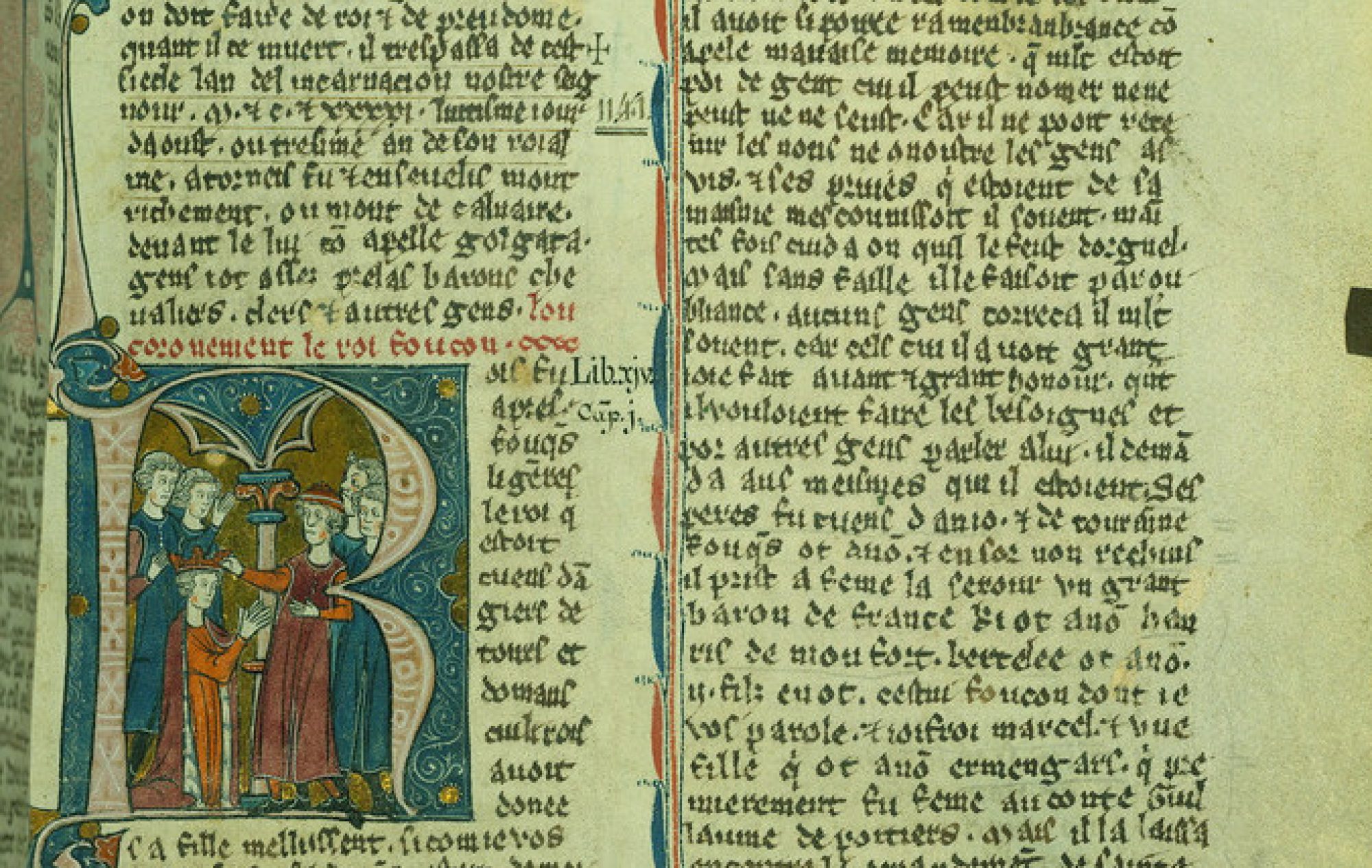Myth Busted!
To what extent does the historical context surrounding the documents further the understanding of which events and circumstances referred to within and surrounding the documents are true, and which have been skewed or falsified?
After extensive research, it has been deduced that Presbyter Johannes was a legendary character, and not in fact real.
It is clear that Prester John is indeed a myth, for a number of reasons. To begin, the geography mentioned throughout the letter is unrealistic. It is a mixture of different places, all scattered throughout the Eastern Hemisphere. There is mention of the Indus river, which flows through India, but also of places in Europe, nowhere near India. Additionally, there were a number of explorations which took place, and yet there was no evidence of Prester John. Parties from many different countries searched for him, to no avail. See Geography for more detailed explanations and sources.
Secondly, the animals and mythological creatures referenced in this letter also stir confusion. While some of the animals referenced in the letter are real, they are found in locations separate from each other. Furthermore, many other creatures are purely mythological, and have no true existence. See Mythological References for more detailed explanations and sources.
With the two above points in mind, it is evident that Prester John was a made-up character. But why?
Context. Western Christians were losing hope in their fight in the Crusades, and a morale booster would do no harm. We conclude that this letter to Emmanuel of Constantinople was not written by an Indian Christian Prince, but by someone who wanted to give hope to Crusaders by enticing them with a fictional utopia. For more details and sources regarding the Crusades, see Context.
Moreover, this letter may also be considered a threat to the Byzantine Empire, as the letter boasts of the strength and confidence held by their counter-parts.
To conclude, while the letter of Prester John had immense influence on many aspects of medieval times, it remains that he was a fictional character.
